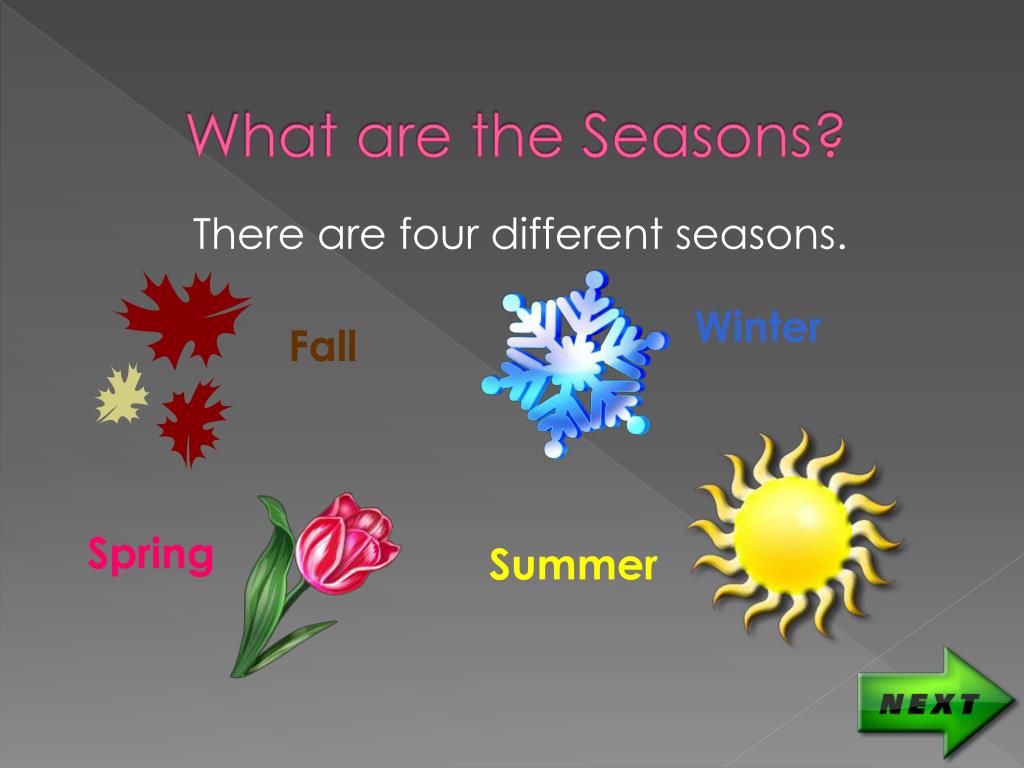

In the startup cutscene, you arrive in Stardew Valley and it is not Winter. During the shift from Winter to Spring (next year), your farm experiences a major disrepair where more debris appears. Land that is still planted when the season changes does not undergo disrepair. At that time, fertilizer used on soil also expires, unless it is on a tile where a continuing multi-season crop is planted.ĭuring seasonal shifts, your farm will also experience minor disrepair: the fallowing of tilled land, and the appearance of random debris that also must be cleared before planting can begin again. When a season ends (end of day 28), crops wither and die unless they can also grow during the coming season (pay attention to those growing days). Some areas are unaffected by the seasons, including indoor and underground areas, The Desert and Ginger Island. The seed selection available in Pierre's General Store (or JojaMart) changes each season. Most crops, Foraging items, and fish are available only during their particular season or seasons. Special items can be bought, games played, prizes won, and information gained. At festivals, the Pelican Town community gathers for special activities. Seasons of the Year ( Armenian:, romanized : Tarva yeghanaknery Russian:, romanized : Vremena goda ), 2 also called The Seasons or Four Seasons, 3 is a 1975 Soviet Armenian short documentary film, directed and written by Artavazd Peleshyan. Spring, Summer, and Fall have two festival days, and Winter has five. Each season comes with a distinctive visual style. A villager's daily routines may change with a new season or with some events.

Years are tied to a few events, but there's no limit on the number of years which can be played. After completing a cycle of seasons, the game moves forward one year when Spring starts again. The game begins on the first day of Spring. Look out for trees with no leaves, evergreen plants, geese and robins and animals building underground nests to stay warm.There are four Seasons in Stardew Valley: Spring, Summer, Fall, and Winter. Gabby: Last up is winter, which is December, January and February. Look out for caterpillars in cocoons, slugs and snails under leaves, hedgehogs hibernating, squirrels burying nuts. Most trees drop their leaves in autumn too. With simple steps of planning activities, you can develop reading and literacy. However, that is just the beginning of learning the seasons of the year. Naturally, children will experience the changes in seasons as the weather varies. Gabby: Autumn: September, October and November, usually start quite mild, but can then get rainy, windy and a bit colder. Seasons of the year in Spanish lessons or bilingual activities can introduce more than the cycle of seasons.
SEASONS OF THE YEAR FULL
Keep an eye out for flowers, bees, ladybirds, frogs and trees full of leaves. Gabby: Summer is June, July and August, it's usually drier and warmer, although you can still get rain. Look out for frog spawn, birds building nests, caterpillars and baby animals. Seymour: Spring is March, April and May and the weather can be sunny, raining, dry and windy. Spring, summer, autumn and winter and each season usually lasts three months. Gabby: Thanks Seymour, so what are seasons? Well, in Britain, each year has four seasons.

Today we're talking about seasons, with my expert friend - Gabby. Seymour: Hello! Seymour Science here, on a chilly, no, windy, no, sunny day.


 0 kommentar(er)
0 kommentar(er)
